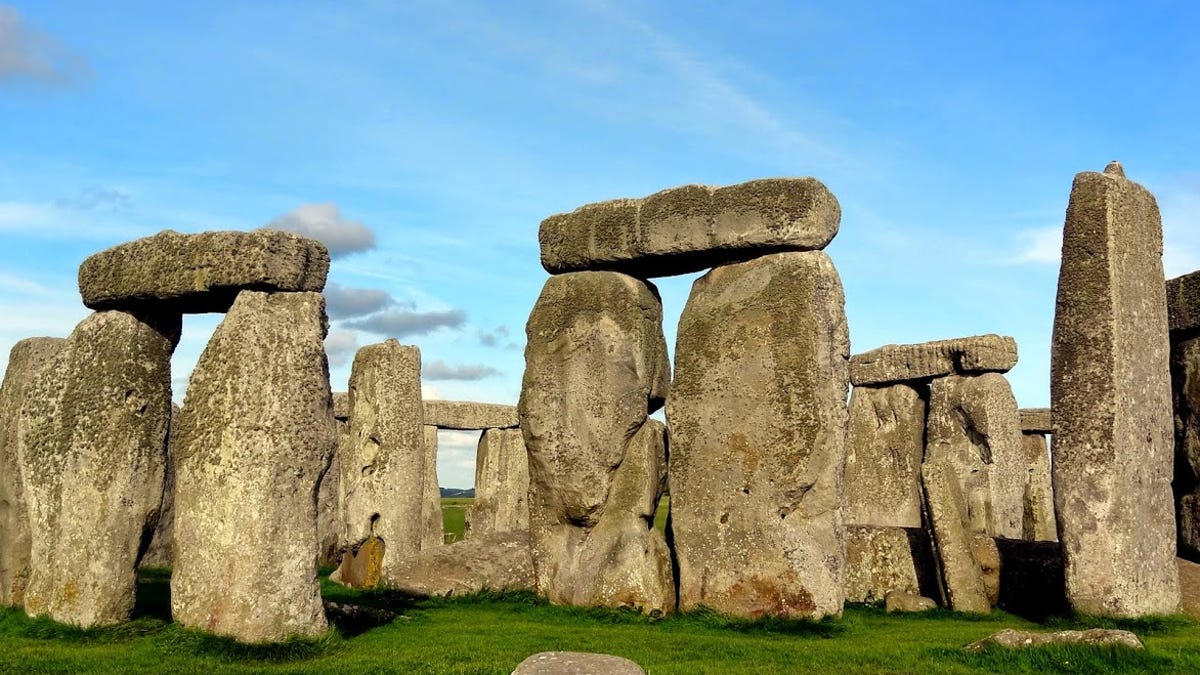Stonehenge may have had a secret ingredient: Lard
So you're saying it wasn't aliens or magic, but it might have been pig fat.
An archaeological site near Stonehenge is surprisingly fatty. Scientists discovered fat residue on pottery shards at Durrington Walls, a Neolithic settlement close to the famous prehistoric circle of massive stones.
Archaeologists at Newcastle University in the UK are taking a fresh look at those old fats, and they think the lard may have had more to do with moving stones than with feeding the workers who built Stonehenge.
Researchers originally thought the fat was a sign of feasting during the construction of the monument, but there may be an alternative explanation.
"These residues may be related to a non-food use of animal resources, such as in the production of tallow. Such an interpretation would support the 'greased sled' theory for the transport of the megaliths for Stonehenge," wrote Lisa-Marie Shillito, author of an analysis published Monday in the journal Antiquity.
Scientists still aren't certain how the Stonehenge stones were transported, but the greased-sled idea suggests the workers moved the stones on giant sledges on top of greased wood tracks.
The pottery fragments appear to have come from buckets rather than cooking or serving dishes. Shillito suggests these could have been used to store tallow to grease the sleds.
Shillito isn't suggesting that lard is the ultimate and definitive answer to this mystery, but she's encouraging researchers to expand their thinking when it comes to interpreting archaeological finds like fat on pottery.
But it just may turn out those Stonehenge stones rode on sleds that were slippery as a greased pig.


